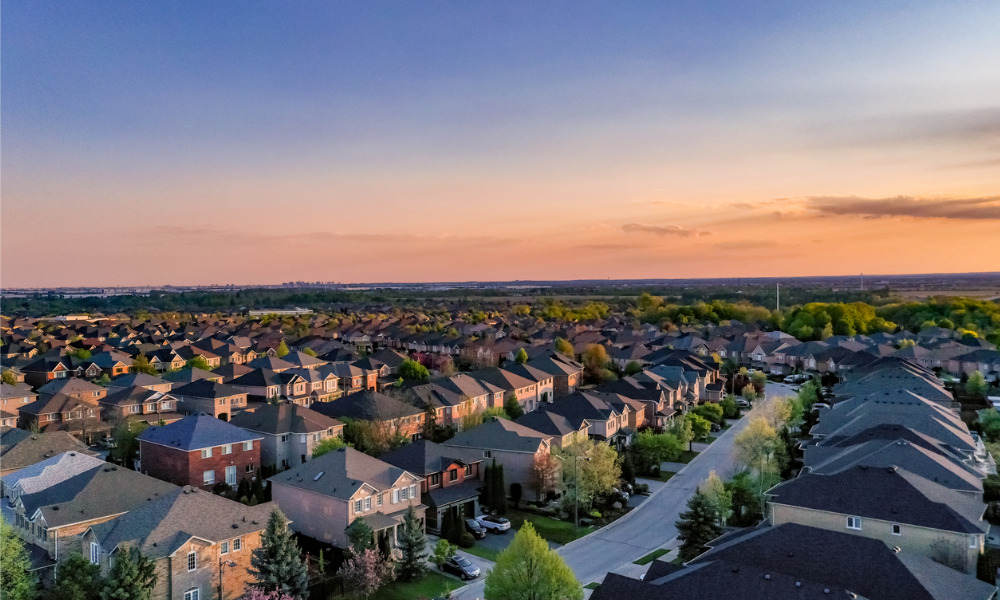The Ontario government has previously established a target of 1.5 million new homes

Months before Toronto’s mayoral by-election on June 26, the Building Industry and Land Development Association has urged the municipal government to focus on policies that directly address the region’s housing supply crisis.
In particular, BILD called on all election candidates to ensure that the development of new housing supply is a core component of their plans and platforms.
“Experts, the industry, and governments agree that the housing challenges in the city, and across Ontario, are firmly rooted in a shortage of new housing and the length of time it takes to build new homes,” said Dave Wilkes, president and CEO of BILD.
The Ontario government has established a target of building 1.5 million new homes over the next decade, in a bid to improve accessibility and affordability.
However, “by virtue of its size, the City of Toronto needs to build 285,000 new homes to help meet this objective,” Wilkes said. “This number represents a 160% annual increase in housing starts from the previous decade.”
“Last month, Statistics Canada announced that Canada’s population grew by a million people in 2022, and the federal government has committed to welcoming 500,000 new immigrants annually,” Wilkes added. “Mayoral hopefuls must put housing at the top of their agenda.”
BILD said that policy should focus on speeding up building approvals, utilizing land more efficiently, accelerating the development of critical public infrastructure to match the speed of housing development, and ensuring better affordability by placing an upper limit on the municipal costs that get appended to new housing.
“Almost 25% of the cost of an average new home in Ontario consists of fees, taxes and charges levied by all levels of government,” BILD said. “While HST and LTT are part of these costs, well over half of the added costs comes from municipalities.”



